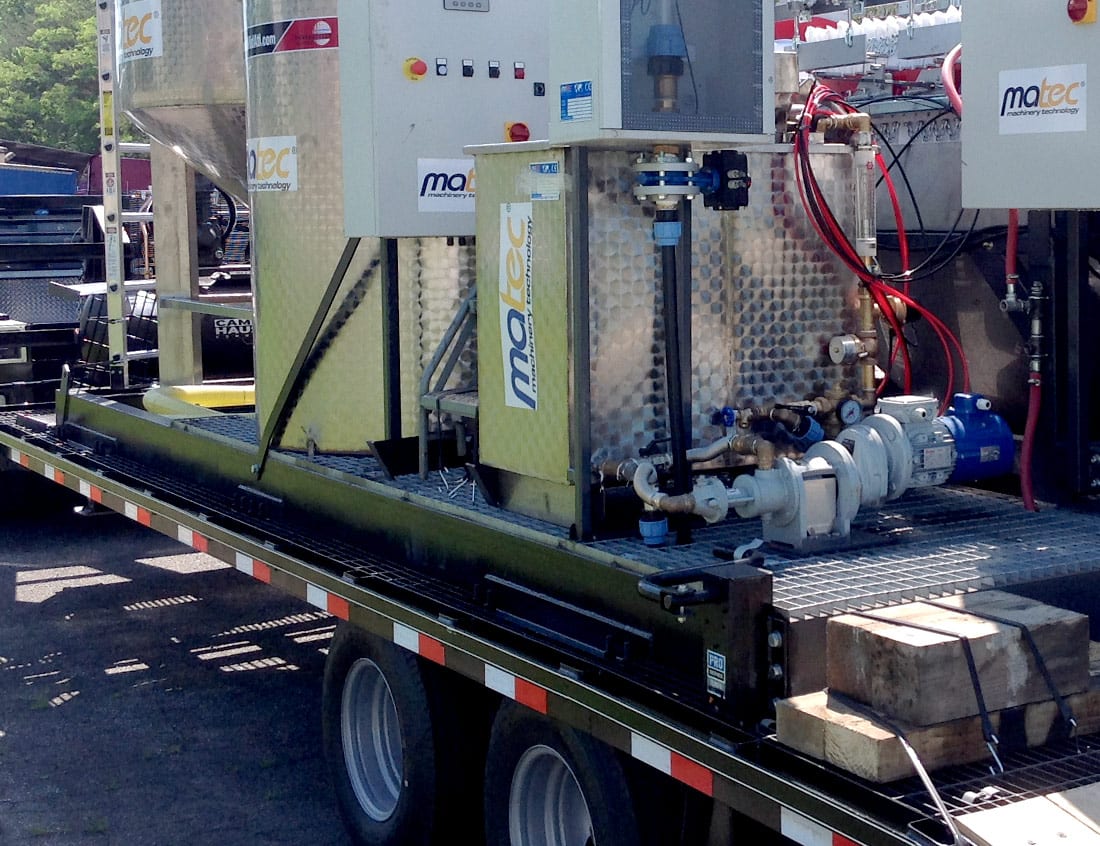
Concrete slurry is a messy byproduct of cutting, grinding, or polishing concrete. Left unmanaged, it can create environmental issues and compliance risks. That’s where concrete slurry dewatering comes into play. Dewatering removes excess water from slurry, reducing its volume and transforming it into a manageable solid that’s easier to dispose of—often in compliance with local wastewater regulations.
Let’s break down the basics of slurry dewatering, the main types of systems available, and why ChemREADY is your go-to partner for managing the process effectively.
Slurry dewatering is the process of separating water from suspended solids. In the case of concrete slurry, this typically involves filtering or pressing the mixture until most of the water is removed. The resulting solid “cake” can be disposed of as non-hazardous waste, while the separated water can often be reused or safely discharged.
So, how is sludge dewatered? Common methods include:
The goal is to achieve both volume reduction and compliance, making your concrete slurry easier and cheaper to handle.
Dewatering isn’t one-size-fits-all. The right method depends on the nature of your slurry, available space, and discharge requirements. The three most common types of dewatering include:
1. Filter Press Dewatering
Filter presses are widely used in concrete slurry dewatering systems. Slurry is pumped into chambers lined with filter cloths. As pressure builds, water is forced out through the cloths, leaving behind a solid cake.
2. Centrifugal Dewatering
This method uses a high-speed rotating drum to separate solids from liquids. It’s ideal for continuous operations and fine particles, but typically requires more energy and maintenance.
3. Vacuum-Assisted or Geotextile Dewatering
Slurry is placed into specialized dewatering bags or basins, where gravity and vacuum pressure draw out the water. These systems are cost-effective and environmentally friendly, making them ideal for remote or mobile jobsites.
A slurry dewatering system is an integrated solution designed to handle liquid waste like concrete slurry. Systems may include pumps, tanks, filter presses, polymer dosing units, and discharge controls. The goal is to automate the separation of water and solids, reducing labor, disposal costs, and environmental impact.
These systems are essential on construction sites, precast concrete plants, and industrial facilities that produce large volumes of slurry daily.
At ChemREADY, we understand that concrete slurry dewatering is not just about compliance—it’s about productivity and sustainability. Our dewatering systems are engineered for durability, ease of use, and low operational cost.
Here’s why our clients trust us:
Concrete slurry dewatering is a critical step in managing construction site waste responsibly. By choosing the right dewatering method—whether it’s a filter press, centrifuge, or vacuum system—you not only stay compliant but also cut down on disposal costs and environmental impact.
If you’re ready to streamline your slurry management process, ChemREADY is here to help with customized solutions and ongoing support.
Ready to optimize your slurry disposal? Contact us today to learn more about our concrete slurry dewatering systems.
Nick Piskura is the Marketing and Web Development Specialist at ChemREADY who utilizes expertise in digital marketing strategies to provide knowledgeable insights in each segment of our business. Nick provides insights through web development and multimedia resources that support ChemREADY’s full range of services, including Legionella management, ANSI/AAMI ST108 compliance, boiler and cooling tower treatment, wastewater processing, and industrial water quality solutions.